Gem Profile- Petoskey Stones and Indonesian Fossil Coral
Petoskey Stones and Indonesian Fossil Coral
This article on agatized fossil coral brings our discussion of agates to a close. I hope I have shown you some varieties of agate that you've never seen before! Fossilized or agatized coral, including Petoskey stones, is a type of agate I discovered in my research for these articles - and I have to say, it is now on my Tucson list for next year!
This article on agatized fossil coral brings our discussion of agates to a close. I hope I have shown you some varieties of agate that you've never seen before! Fossilized or agatized coral, including Petoskey stones, is a type of agate I discovered in my research for these articles - and I have to say, it is now on my Tucson list for next year!
So what is Fossil Coral Agate?
Let's take a few steps back in time. In the Devonian period about 350 million years ago, Michigan wasn't even in the same zip code (so to speak): the land that is now Michigan was near the equator, and a warm, shallow sea covered Michigan's Lower Peninsula and fostered the growth of coral colonies. Time and changing environment caused the corallite skeletons of the corals to be replaced by silica or calcite, becoming agatized fossils or calcified rocks. As glaciers slid across the old ocean floor, about 2 million years ago, the fossilized corals were displaced and many re-settled in the northern half of Michigan's Lower Peninsula, where you can find the coral rocks on beaches and ditches.
Polished Petoskey Stone, via Wikipedia
Let's take a few steps back in time. In the Devonian period about 350 million years ago, Michigan wasn't even in the same zip code (so to speak): the land that is now Michigan was near the equator, and a warm, shallow sea covered Michigan's Lower Peninsula and fostered the growth of coral colonies. Time and changing environment caused the corallite skeletons of the corals to be replaced by silica or calcite, becoming agatized fossils or calcified rocks. As glaciers slid across the old ocean floor, about 2 million years ago, the fossilized corals were displaced and many re-settled in the northern half of Michigan's Lower Peninsula, where you can find the coral rocks on beaches and ditches.
Polished Petoskey Stone, via Wikipedia

The scientific name for this fossilized rock is hexagonaria percarinata. In Michigan, this gray rock is known as a Petoskey stone, named for the city of Petoskey, Michigan, where many of the stones were found. Petoskey was named for the Ottawa Indian chief Petosegay or Pet-O-Sega, which means "Rays of the Rising Sun." While Chief Pet-O-Sega was named before the stone was associated with him, some see its significance, as if the fossilized coral polyps are suns and the fossilized tentacles are their rays. In 1965, Michigan declared its state stone the Petoskey Stone, becoming the first state to set a fossil as its state stone or rock. Ella Jane Petoskey, the only living grandchild of Chief Pet-O-Sega, was present as the governor signed the State Stone bill.
Petoskey stones are softer than typical agates because they are fossils, a delicate 3-3.5 on Mohs Scale, but when you find them on the beach, you will discover that they are very smooth. This is because they have been naturally tumbled by rushing water, sand, and other stones. Petoskeys can be hand-polished with sandpaper and corduroy (explore p. 4 of this PDF download for a step-by-step instruction, by the Michigan Department of Environmental Quality, Geological Survey Division)
Where else can you find fossil agate coral? In the US, Florida's state stone, Agatized Coral, which it chose in 1979, is a form of silicified coral more similar to petrified wood. This is the only gemstone naturally found in Florida, and can be located near Tampa Bay.
Petoskey stones are softer than typical agates because they are fossils, a delicate 3-3.5 on Mohs Scale, but when you find them on the beach, you will discover that they are very smooth. This is because they have been naturally tumbled by rushing water, sand, and other stones. Petoskeys can be hand-polished with sandpaper and corduroy (explore p. 4 of this PDF download for a step-by-step instruction, by the Michigan Department of Environmental Quality, Geological Survey Division)
Where else can you find fossil agate coral? In the US, Florida's state stone, Agatized Coral, which it chose in 1979, is a form of silicified coral more similar to petrified wood. This is the only gemstone naturally found in Florida, and can be located near Tampa Bay.
Agatized Coral, image via Wikipedia

Indonesian Fossil Coral
Besides Michigan and Florida, Indonesia is possibly the most famous place to discover fossilized coral. Specific locations of Indonesian coral agate are the mountainous regions of the islands of Sumatra and Java. According to Joel Ivey, a rockhound who has spent decades traversing Indonesia, Thailand, Alaska, and other locations "The development of these coral reefs are related to a single massive rise in sea level back in the Miocene [23-5 million years ago] and a sudden drop during a era of volcanic activity preserved them."
Would you have guessed what lay inside this spongelike rock? Here is a beautiful peek into a Fossil Coral Agate from South Sumatra, Indonesia, courtesy of
Joel Ivey
Besides Michigan and Florida, Indonesia is possibly the most famous place to discover fossilized coral. Specific locations of Indonesian coral agate are the mountainous regions of the islands of Sumatra and Java. According to Joel Ivey, a rockhound who has spent decades traversing Indonesia, Thailand, Alaska, and other locations "The development of these coral reefs are related to a single massive rise in sea level back in the Miocene [23-5 million years ago] and a sudden drop during a era of volcanic activity preserved them."
Would you have guessed what lay inside this spongelike rock? Here is a beautiful peek into a Fossil Coral Agate from South Sumatra, Indonesia, courtesy of
Joel Ivey

While Petoskey stones are typically shades of gray, Indonesian fossil coral agate tends to be pale to vivid yellow in color, but can naturally include a range of colors, such as white, pink, and orange. Agate Fossil coral can sometimes be heated to bring greater contrast and brighter colors to the stones. As you can see on Mr. Ivey's website(https://www.indonesianfossilcoral.com/coral2.html), many of these fossil agate coral stones are heated in traditional brick kilns.
This Fossil Coral Cabochon from Indonesia shows a rare coloration, looking like a field of dandelions; and Agatized Fossil Coral Agate Bangle courtesy of
Joel Ivey
This Fossil Coral Cabochon from Indonesia shows a rare coloration, looking like a field of dandelions; and Agatized Fossil Coral Agate Bangle courtesy of
Joel Ivey


I have to mention - while exploring Joel Ivey's website which is all about Indonesian Agates, I found this page which is all about polished agates that appear to have letters in them! Can you believe this? Yes, each of these stones is natural; it takes a creative and patient mind to spot and slowly polish a cabochon to show a letter of the alphabet. How fantastic!
Resources & Recommended Reading
PetoskeyArea.com
Wikipedia
If you have coffee time and are looking for more to read, I recommend you thoroughly explore these 2 sites by Joel Ively:
IndoAgate.com
IndonesianFossilCoral.com
PetoskeyArea.com
Wikipedia
If you have coffee time and are looking for more to read, I recommend you thoroughly explore these 2 sites by Joel Ively:
Materials

Wire

Cabochons

Beads
Tools

WireJewelry - Ultimate Wire-Pliers Jewelry Pliers with Case, Set of 5
G15-20
- G15-20
- Lesson Quantity: 1.00 pieces
- Purchase Quantity: 1.00 each
- Price: $170.72
- Gold Club Price: $128.04

Bench Tools
- Category: General Education
- Technique(s): General Education






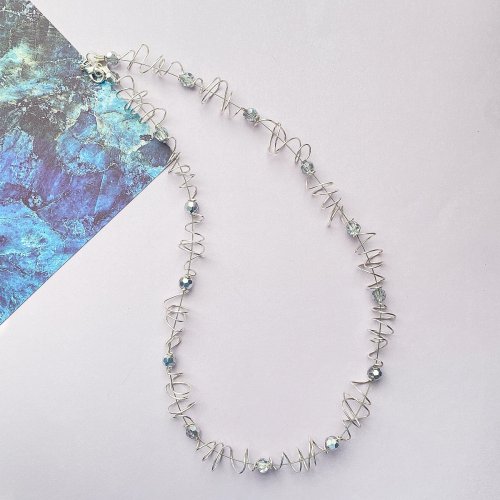
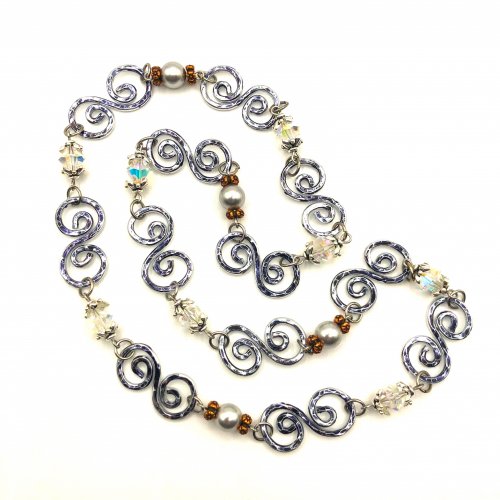
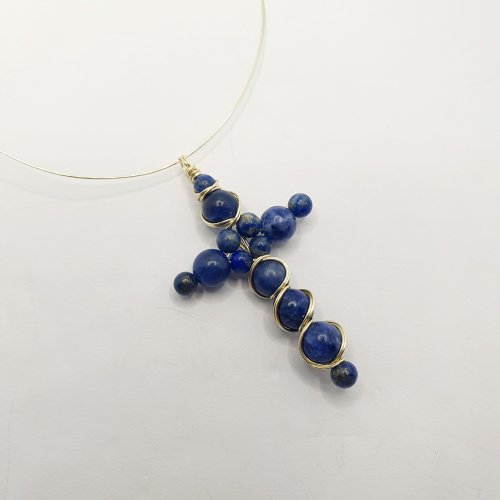








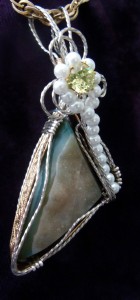

 About Jewelry Chain- About Ball Chain
About Jewelry Chain- About Ball Chain About Jewelry Chain- Snake Chain and Omega Chain
About Jewelry Chain- Snake Chain and Omega Chain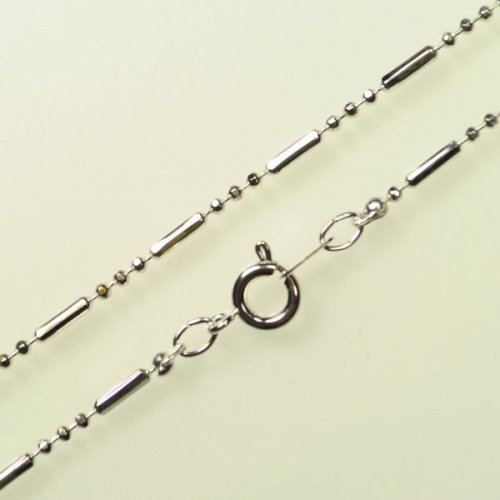 About Jewelry Chain- Bar Chain and Peanut Chain
About Jewelry Chain- Bar Chain and Peanut Chain About Jewelry Chain - Cable Chain and Rolo Chain
About Jewelry Chain - Cable Chain and Rolo Chain About Jewelry Chain- Curb Chain and Gourmette Chain
About Jewelry Chain- Curb Chain and Gourmette Chain About Jewelry Chain- Figaro Chain
About Jewelry Chain- Figaro Chain About Jewelry Chain- Infinity Chain and Anchor Chain
About Jewelry Chain- Infinity Chain and Anchor Chain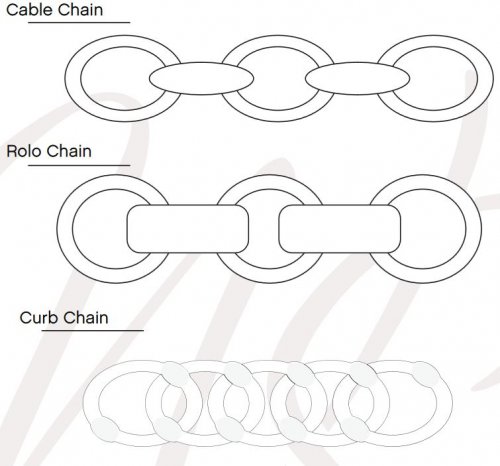 About Jewelry Chain- Chain Reference Sheet
About Jewelry Chain- Chain Reference Sheet About Jewelry Chain- Venetian Chain and Box Chain
About Jewelry Chain- Venetian Chain and Box Chain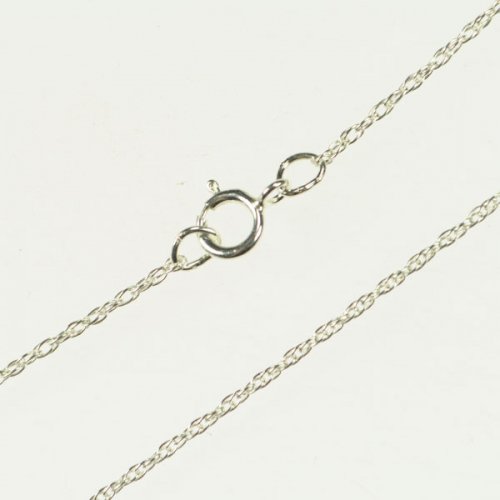 About Jewelry Chain- Wheat Chain and Rope Chain
About Jewelry Chain- Wheat Chain and Rope Chain Introduction to Chain
Introduction to Chain Access More Money by Making Jewelry When Your Prices Are Right
Access More Money by Making Jewelry When Your Prices Are Right An Introduction to Beads and Beading
An Introduction to Beads and Beading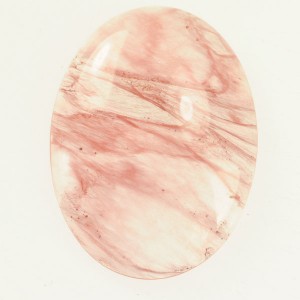 Common Gemstone Misconceptions
Common Gemstone Misconceptions Wire Wrapped Christmas Tree
Wire Wrapped Christmas Tree How To Polish Metal Jewelry using a Rotary Tumbler
How To Polish Metal Jewelry using a Rotary Tumbler How To Polish Your Own Rocks using a Rotary Rock Tumbler
How To Polish Your Own Rocks using a Rotary Rock Tumbler How to Merchandise Your Jewelry on the Internet
How to Merchandise Your Jewelry on the Internet How to Use Twitter as a Wire Jewelry Artist
How to Use Twitter as a Wire Jewelry Artist 20 Ideas to get your Jewelry Biz Busy
20 Ideas to get your Jewelry Biz Busy Watching the Precious Metals Market
Watching the Precious Metals Market Jewelry Design Ideas - Get Inspired
Jewelry Design Ideas - Get Inspired Measuring Tools
Measuring Tools July Birthstone - The Ruby
July Birthstone - The Ruby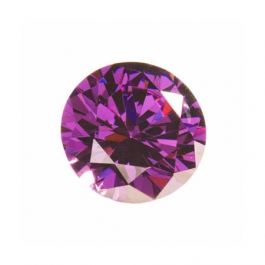 February Birthstone- Amethyst
February Birthstone- Amethyst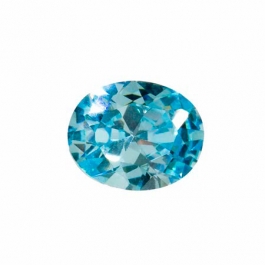 March Birthstone - Aquamarine and Bloodstone
March Birthstone - Aquamarine and Bloodstone September Birthstone - Sapphire
September Birthstone - Sapphire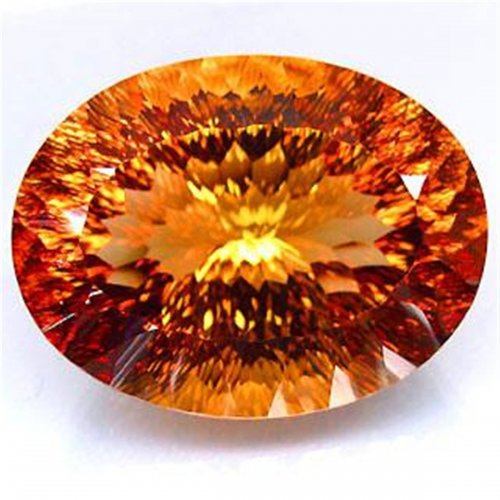 November Birthstones - Topaz and Citrine
November Birthstones - Topaz and Citrine October Birthstones - Rose Zircon, Pink Tourmaline and Opal
October Birthstones - Rose Zircon, Pink Tourmaline and Opal April Birthstone - The Diamond
April Birthstone - The Diamond August Birthstone - Peridot and Sardonyx
August Birthstone - Peridot and Sardonyx June Birthstones - Alexandrite, Pearl and Moonstone
June Birthstones - Alexandrite, Pearl and Moonstone Metalsmithing
Metalsmithing Featured Tool - Mini TruStrike Hammers
Featured Tool - Mini TruStrike Hammers Natural Jasper Stones - Cabochon Gemstones
Natural Jasper Stones - Cabochon Gemstones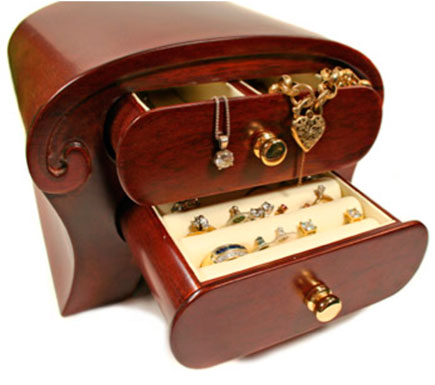 Organize Your Jewelry Box
Organize Your Jewelry Box Pearls- It's a Cultural Thing
Pearls- It's a Cultural Thing Soldering 101
Soldering 101 Starting Your Own Home Jewelry Business
Starting Your Own Home Jewelry Business The Art of Creating Chainmail
The Art of Creating Chainmail Why Should I Be Using Facebook
Why Should I Be Using Facebook Make Handmade Neck Cords on a Dime
Make Handmade Neck Cords on a Dime Tagging Handmade Jewelry Gifts
Tagging Handmade Jewelry Gifts Share Your Expertise with Your Community
Share Your Expertise with Your Community Creating Color Schemes for Jewelry Making
Creating Color Schemes for Jewelry Making Bronze, Brass, Nickel Silver and Copper Base Metals
Bronze, Brass, Nickel Silver and Copper Base Metals Gemstone Treatments
Gemstone Treatments How Wire is Made
How Wire is Made Beading A-B-C's
Beading A-B-C's How to Set Up Your Workspace
How to Set Up Your Workspace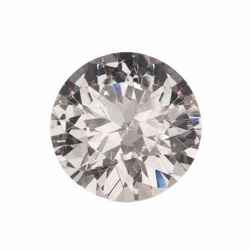 Gem Profile- Diamond
Gem Profile- Diamond Gem Profile- Peridot
Gem Profile- Peridot Gem Profile- Goldstone
Gem Profile- Goldstone Gem Profile- Cryptocrystalline Quartz Introduction
Gem Profile- Cryptocrystalline Quartz Introduction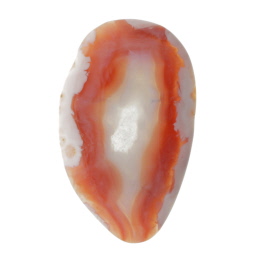 Gem Profile- Banded Agate and Brecciated Agate
Gem Profile- Banded Agate and Brecciated Agate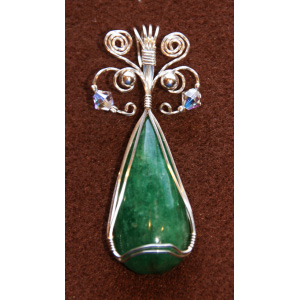 Gem Profile- Emerald
Gem Profile- Emerald Gem Profile- Titanite or Sphene
Gem Profile- Titanite or Sphene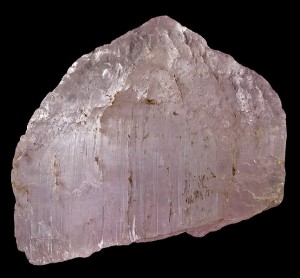 Gem Profile- Morganite
Gem Profile- Morganite Gem Profile- Desert Rose
Gem Profile- Desert Rose Gem Profile- Iolite
Gem Profile- Iolite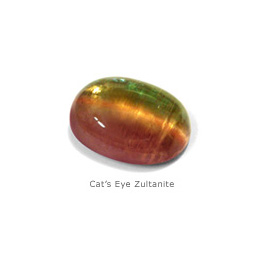 Gem Profile- Zultanite
Gem Profile- Zultanite Gem Profile- Maw Sit Sit
Gem Profile- Maw Sit Sit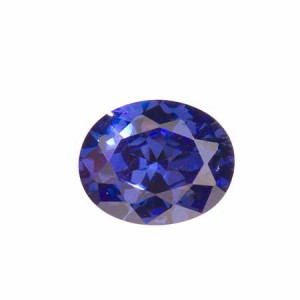 Gem Profile- Tanzanite
Gem Profile- Tanzanite Gem Profile- Aquamarine
Gem Profile- Aquamarine Gem Profile- Turquoise
Gem Profile- Turquoise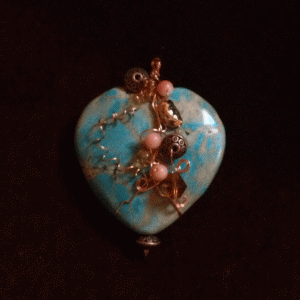 Gem Profile- Turquoise Types
Gem Profile- Turquoise Types Gem Profile- What's Druze
Gem Profile- What's Druze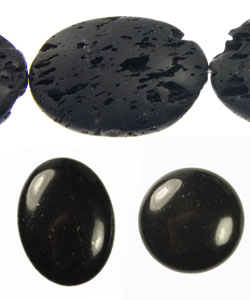 Gem Profile- Basalt
Gem Profile- Basalt Gem Profile- Fordite
Gem Profile- Fordite Gem Profile- Variscite
Gem Profile- Variscite Gem Profile- Pearls
Gem Profile- Pearls Gem Profile- Onyx
Gem Profile- Onyx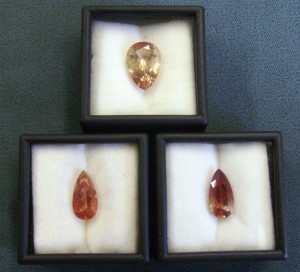 Gem Profile- Sunstone
Gem Profile- Sunstone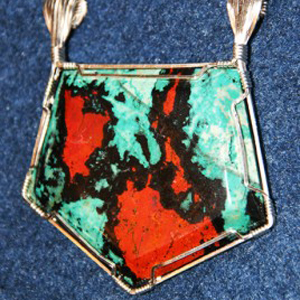 Gem Profile- Sonora Sunrise
Gem Profile- Sonora Sunrise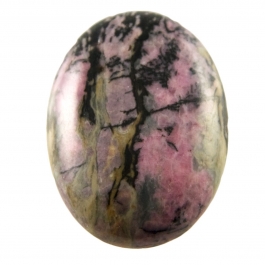 Gem Profile- Rhodonite
Gem Profile- Rhodonite Gem Profile- Glass, Crystal and Quartz
Gem Profile- Glass, Crystal and Quartz Gem Profile- Psilomelane
Gem Profile- Psilomelane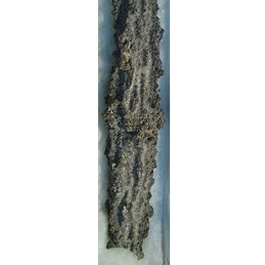 Gem Profile- Fulgurite
Gem Profile- Fulgurite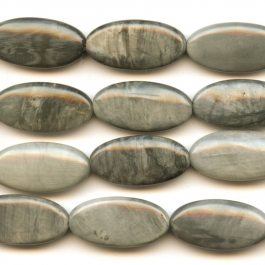 Gem Profile- Cat's Eye
Gem Profile- Cat's Eye Gem Profile- Carnelian
Gem Profile- Carnelian Gem Profile- Rutilated Quartz
Gem Profile- Rutilated Quartz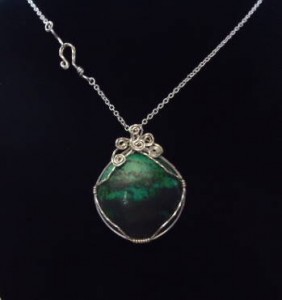 Gem Profile- Chrysocolla
Gem Profile- Chrysocolla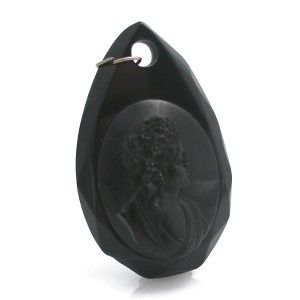 Gem Profile- Jet
Gem Profile- Jet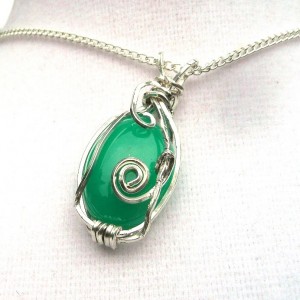 Gem Profile- Chrysoprase
Gem Profile- Chrysoprase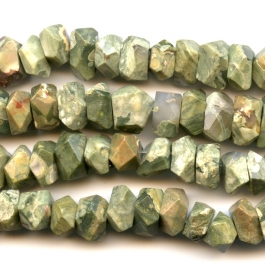 Gem Profile- Rhyolite
Gem Profile- Rhyolite Gem Profile- Chalcedony
Gem Profile- Chalcedony Gem Profile- Lepidolite and Sugilite
Gem Profile- Lepidolite and Sugilite Gem Profile- Unakite
Gem Profile- Unakite Gem Profile- Cowrie Shells, Conch Shells, and Drilling Shells
Gem Profile- Cowrie Shells, Conch Shells, and Drilling Shells Gem Profile- Mother of Pearl
Gem Profile- Mother of Pearl Gem Profile- Moss Agate and Plume Agate
Gem Profile- Moss Agate and Plume Agate Gem Profile- Thundereggs and Mexican Lace Agate
Gem Profile- Thundereggs and Mexican Lace Agate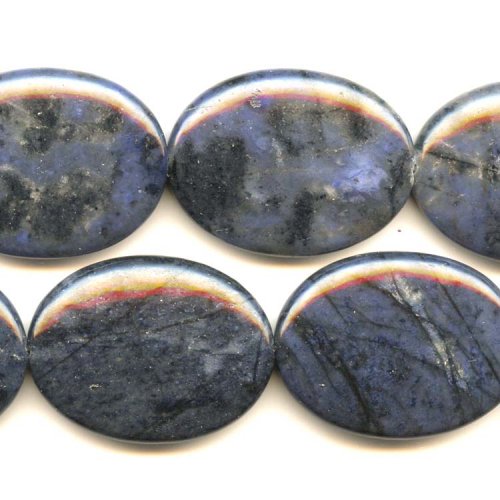 Gem Profile- Dumortierite
Gem Profile- Dumortierite Gem Profile- Apatite
Gem Profile- Apatite Gem Profile- Blue Topaz
Gem Profile- Blue Topaz Gem Profile- Aragonite
Gem Profile- Aragonite Gem Profile- Zircon and Cubic Zirconia
Gem Profile- Zircon and Cubic Zirconia Gem Profile- Topaz
Gem Profile- Topaz Gem Profile- Howlite
Gem Profile- Howlite Gem Profile- Sodalite
Gem Profile- Sodalite Gem Profile- Magnesite
Gem Profile- Magnesite Gem Profile- Cuprite
Gem Profile- Cuprite Gem Profile- Nuummite
Gem Profile- Nuummite Gem Profile- Bronzite
Gem Profile- Bronzite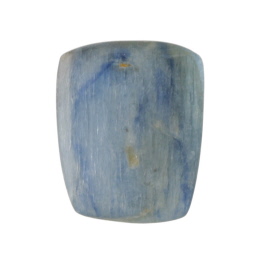 Gem Profile- Kyanite
Gem Profile- Kyanite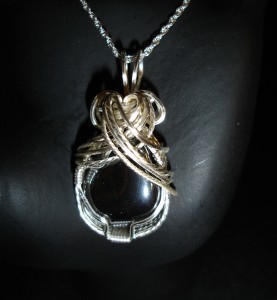 Gem Profile- Hematite
Gem Profile- Hematite Gem Profile- Derbyshire Blue John
Gem Profile- Derbyshire Blue John Gem Profile- Eilat Stone
Gem Profile- Eilat Stone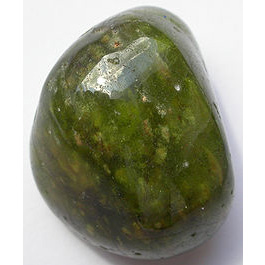 Gem Profile- Vesuvianite
Gem Profile- Vesuvianite Gem Profile- Strontium Titanate -Fabulite
Gem Profile- Strontium Titanate -Fabulite Gem Profile- Tourmaline
Gem Profile- Tourmaline Gem Profile- Larimar
Gem Profile- Larimar Gem Profile- Garnet
Gem Profile- Garnet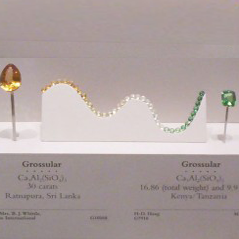 Gem Profile- Tsavorite and Green Garnets
Gem Profile- Tsavorite and Green Garnets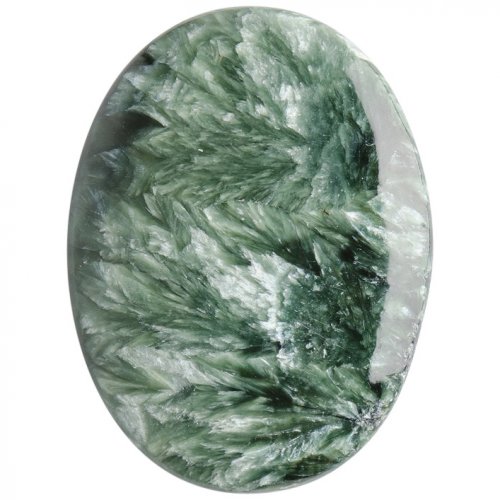 Gem Profile- Seraphinite
Gem Profile- Seraphinite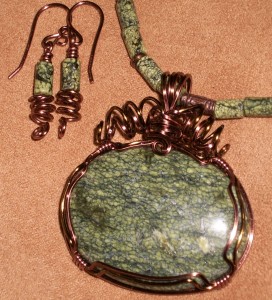 Gem Profile- Serpentine
Gem Profile- Serpentine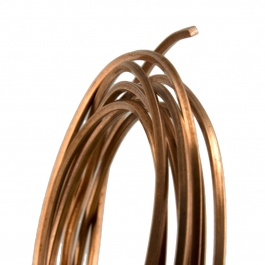 American Wire Gauge
American Wire Gauge Viking Knit and Spool Knit Chain
Viking Knit and Spool Knit Chain Copper Roses
Copper Roses How to Make Medical ID Bracelets Special
How to Make Medical ID Bracelets Special Remembering the Fallen
Remembering the Fallen 6 Ways to Find Your Uniqueness in Jewelry
6 Ways to Find Your Uniqueness in Jewelry Gem Profile- Moissanite
Gem Profile- Moissanite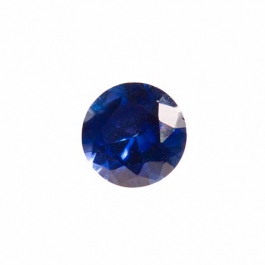 Birthstone Swarovski Colors
Birthstone Swarovski Colors Gem profile- Paua and Abalone
Gem profile- Paua and Abalone Tips for Tucson Shopping- Gem Show Secrets
Tips for Tucson Shopping- Gem Show Secrets Durston Olivia Rolling Mills
Durston Olivia Rolling Mills How to Use a Jewelry Bench Polisher Effectively
How to Use a Jewelry Bench Polisher Effectively 
